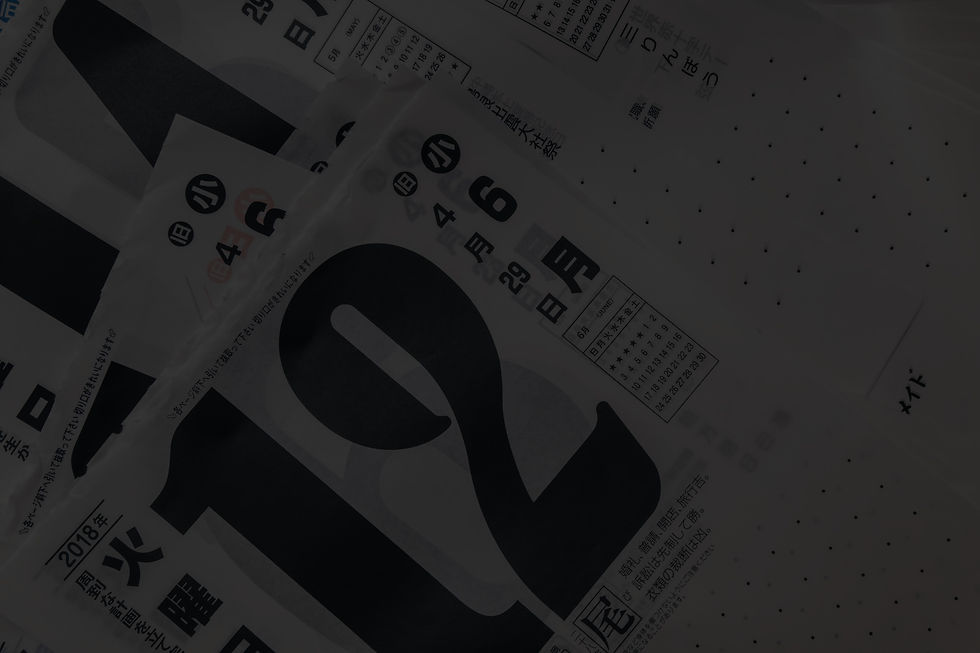
KEI NOMURA
大トロと中トロがあるのに小トロ、無いですよね。
ここにイノベーションを起こします。
大トロ業界に身を置くこと早5年。
素晴らしいマグロを食べOJTと言う形で状況をこの目で捉え日々精進してまいりました。
グローバルスタンダードな市場を目指し本プロジェクトによる活動のコンセンサスを得て
小トロを作らさせていただきます。
作品に関するご質問やプロジェクトのご検討など、ぜひお気軽にご連絡ください。
※すべて嘘なので本プロジェクト、および小トロ制作における資料は御座いません。
絵、あと写真。


「この世には2種類のパンがある。パンツか、フライパンか。」
ドンタコス・サーモン

お問い合わせ
作品に関するご質問など、ぜひお気軽にご連絡ください。
Machu Picchu is a 15th-century Inca citadel located in the Eastern Cordillera of southern Peru on a 2,430-meter (7,970 ft) mountain ridge.[2][3] It is located in the Machupicchu District within Urubamba Province[4] above the Sacred Valley, which is 80 kilometers (50 mi) northwest of Cuzco. The Urubamba River flows past it, cutting through the Cordillera and creating a canyon with a tropical mountain climate.[5]
For most speakers of English or Spanish, the first 'c' in Picchu is silent. In English, the name is pronounced /ˌmɑːtʃuː ˈpiːtʃuː/[6][7] or /ˌmætʃuː ˈpiːktʃuː/,[7][8] in Spanish as [ˈmatʃu ˈpitʃu] or [ˈmatʃu ˈpiktʃu],[9] and in Quechua (Machu Pikchu)[10] as [ˈmatʃʊ ˈpɪktʃʊ].
The Incas, in contrast with the Mayans, had no written language, and no European visited the site until the 19th century, so far as is known. There are, therefore, no written records of the site while it was in use. The names of the buildings, their supposed uses, and their inhabitants are all the product of modern archeologists, on the basis of physical evidence, including tombs at the site.








